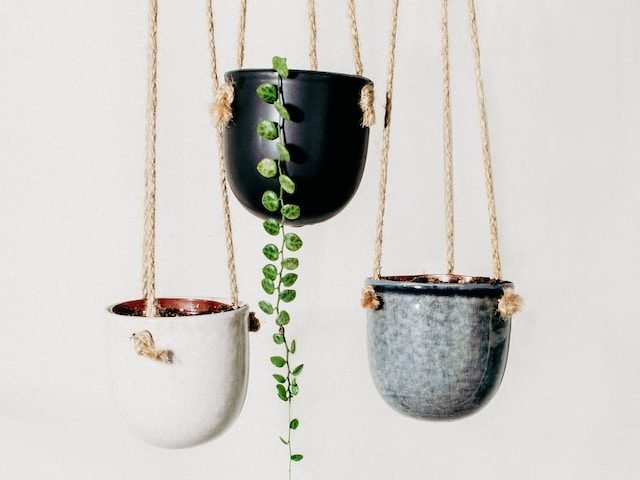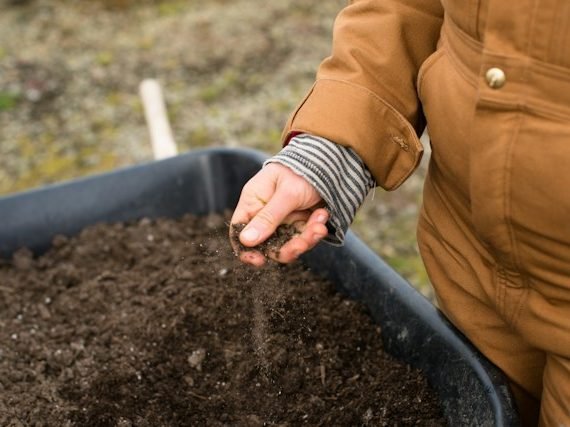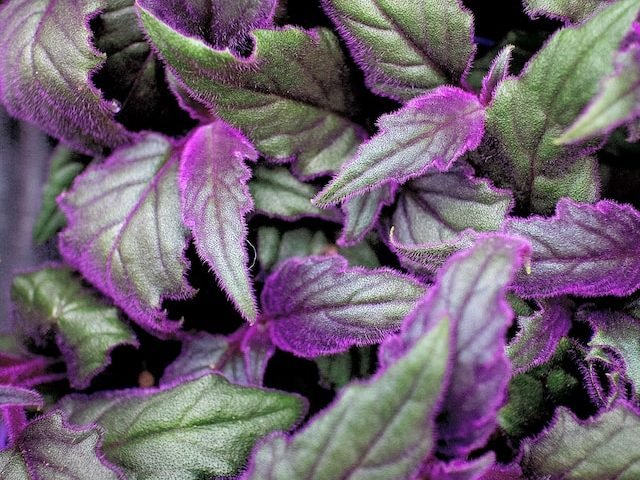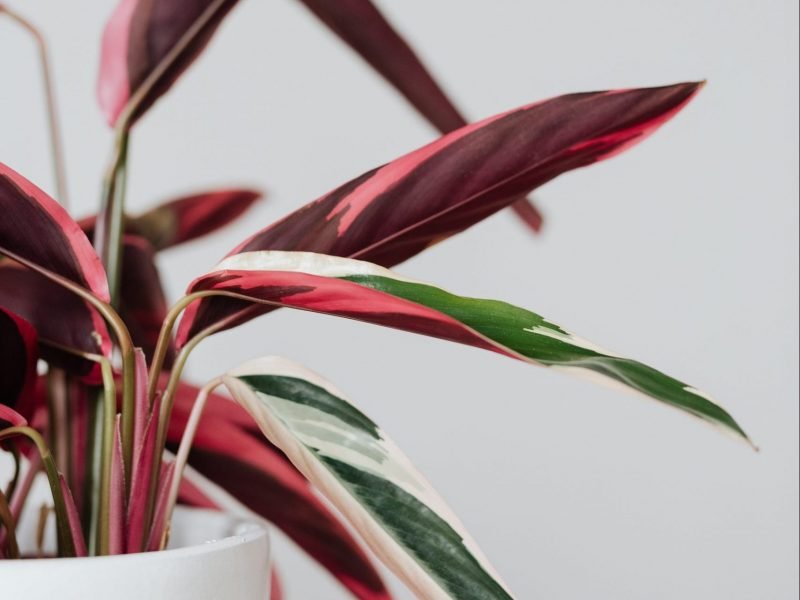
Introduction
Although not one of the two most important things for plants (sunlight and water), humidity levels in your home are also really important to monitor. Plants native to the tropics will thrive in humid homes, whilst others such as cacti and succulents prefer dryer air.
Humidity levels
The way in which humidity is measured is by the amount of water vapour in the air. You can find the different levels below which correspond to the plants that like that level.
80% – 90%
This is the level of humidity that you will find in the topics which can also be replicated in greenhouses. Some plants love this level of humidity to grow but can also survive well at lower levels.
60% – 80%
Tropical plants also thrive at this level of humidity, though it is difficult and uncomfortable to reach and sustain this level in your home.
40% – 60%
This is the average humidity levels for homes and is suited to the majority of houseplants. For plants native to the topics, you may want to help increase the humidity for that plant specifically (see our tips below).
10% – 40%
This is the level adored by succulents and cacti plant types as it is quite dry air. During winter, if you have the heating on a lot you may start to reach these levels which can be quite uncomfortable for many of your houseplants.
Signs humidity is too low
Although it will vary slightly between each houseplant type, there are a few things to look out for that might indicate that your plant requires a slightly higher humidity. Be sure to check other aspects of the care and environment as well as water and light levels can also produce similar symptoms.
Brown leaf tips and edges
Dry and yellow leaf edges
Leaves dry and shrivel up
Signs humidity is too high
Although this is rare, it may also occur that the humidity in your home is too high for some of your plants to really thrive.
Leaves and stems starting to rot
Plants starting to show signs of sweating
The plant is starting to develop mouldy patches
Ways to increase humidity
If you find that your home has quite dry air, you may want to up the humidity a little for your houseplants to really be happy. This may become more urgent over winter as central heating can really dry out the air in your home. Testing a couple of these simple tips and tricks should make it super easy for you to increase the humidity for your houseplants, keeping them happy and healthy.
Misting your houseplants
Although a short term solution, one of the simplest ways to increase the humidity for your houseplants is to mist them with a spray bottle. Depending on your plant type, you might want to mist up to a few times a week. However, make sure that you only mist humidity-loving plants otherwise, it can cause delicate leaves to rot.
You can get spray bottles of all different kinds too that will definitely suit the style you’re looking for — we love these amber bottles.
It’s best to mist your houseplants in the morning so that all of the water that lands on the leaves and stems has time to evaporate before nightfall. If the leaves or stems are too damp when the temperature drops, it may cause the leaves to wilt and rot.
Pebble Tray
This method is great for keeping a more consistent humidity level for your houseplants and it’s pretty simple too! Just place your houseplants over a tray of pebbles with fresh water over the top. Over the day water from the tray will evaporate giving the plants above exactly what they’re looking for. The pebbles stop the bottom of the plant pots reaching the water in the tray, ultimately stopping your plants from getting waterlogged and developing nasty problems like root rot.
It’s best to fill the tray with a small amount of water every couple of days instead of filling the tray completely and letting it sit for weeks. This reduces the risk of any stagnant water gathering a bad smell in your home.
Humidifiers
Looking for the easy solution? Getting a humidifier is definitely the way for you. They are relatively affordable little devices and they make keeping a consistent humidity level so much easier. Most will allow you to place them on a timer so they run on a fixed schedule, and some will even have a built-in monitor so they automatically turn on and off to keep the humidity exactly where you want it.
This is likely the best way to go if you find that you just can’t keep the balance right with any other option, or if you travel often and can’t keep to a consistent schedule for misting or refilling a pebble tray.
Giving your houseplants a shower
To quickly raise the humidity of your houseplants you can always give them a quick shower. Simply pop them in the shower and wash them down with lukewarm water, this will clean off the leaves and give the soil a good soaking. Once washed leave them in the shower a little to let any excess water run off before returning them to their normal spots. Over the next couple of days, your plants should have a good boost in humidity levels.
Giving your houseplants a shower not only raises the humidity levels for them, but it is a great way of cleaning the leaves, getting rid of dust and washing our any bugs or pests that might be hiding on the plant! You can read more about how to shower your houseplants here.
Place your houseplants in the bathroom
If you’re lucky enough to have great lighting in your bathroom you can move a couple of your houseplants that need the help of increased humidity in there. The running water and steam from your showers will vastly increase the humidity of the room.
A top of being great for the plants, it’s also really nice to include some greenery in your bathroom as they bring a good amount of life to any room. Some recommendations for bathroom plants would be anything tropical as these will all thrive in the increased humidity environment and look great too!
Ways to decrease humidity
Although rarer, it may happen that the air in your home is too humid for your houseplants. There are a few simple ways to reduce the humidity in your home:
Buy a dehumidifier
The easiest and most effective way to reduce the amount of humidity in your home for your plants is to use a dehumidifier. They are affordable portable devices that you can just plug in for a while and let it do the job!
Use the bathroom fan
If you find that a lot of the humidity is coming from your warm and lengthy showers (and you aren’t ready to give those up yet), then you need to get your bathroom fan working a little harder. Don’t let the moist air escape from the bathroom as this may be causing the increased humidity that your houseplants are suffering with.
Summary
Although you might not have immediately realised it, humidity is an important thing to look out for when caring for your houseplants. Misting bottles or humidifiers are definitely the way to go if your plants need that extra boost! But we also recommend making use of the natural humidity levels found in your bathroom and kitchen and tailoring your plant choices for each room depending on their humidity requirements. You can find out more about each individual plant in our set of care guides.















